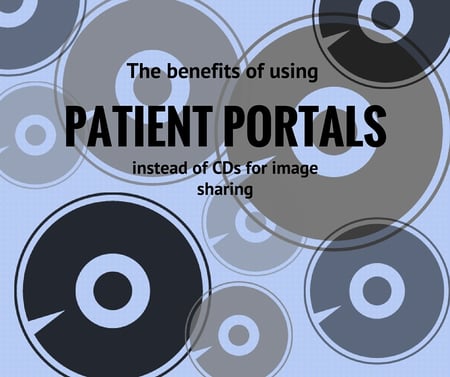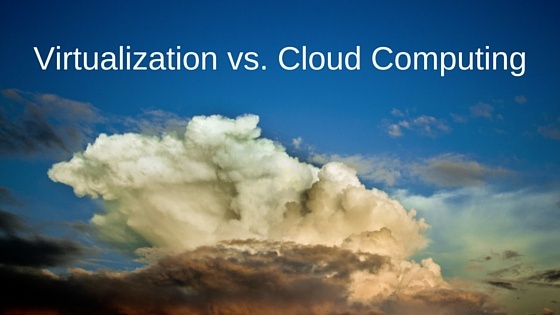The healthcare industry’s commitment to patient engagement has been one of the catalysts for a renewed focus on health information accessibility. Accessibility and interoperability are often discussed in terms of electronic medical records, but what about medical images, specifically? Not long ago, in the days of film, exchanging medical images across facilities was very cumbersome (if not impossible) and sharing them with patients simply did not happen. But even now that it has become commonplace for imaging studies to be burned onto discs, there are still accessibility challenges that plague the process.
 Image Sharing with CDs
Image Sharing with CDs
Discs are currently the most commonly used physical media for sharing medical images. A proprietary viewer is a software that can read and display images in their standard DICOM (Digital Imaging and Communications in Medicine) format. For consistency across imaging platforms, as well as security of patient data, medical images cannot be accessed in this format without the use of the appropriate viewing software. Herein lies one of the fundamental issues with this method of image sharing. If a CD only holds image files, it’s not guaranteed that they can be viewed from any computer because the computer might lack the necessary software to view them. If a CD holds both the image files and a proprietary viewer that needs to be installed, the viewing software must be compatible with the computer or operating system on which it’s being installed and the user must have the appropriate permissions to complete that installation.


